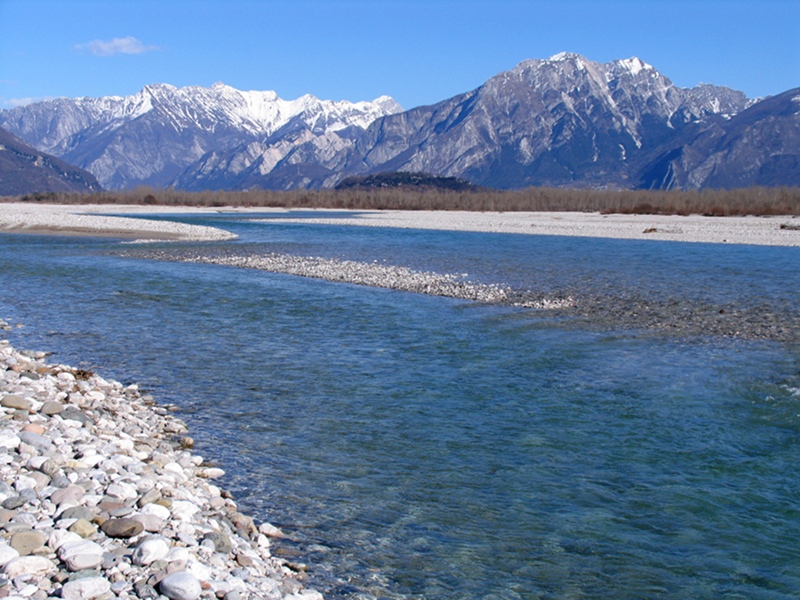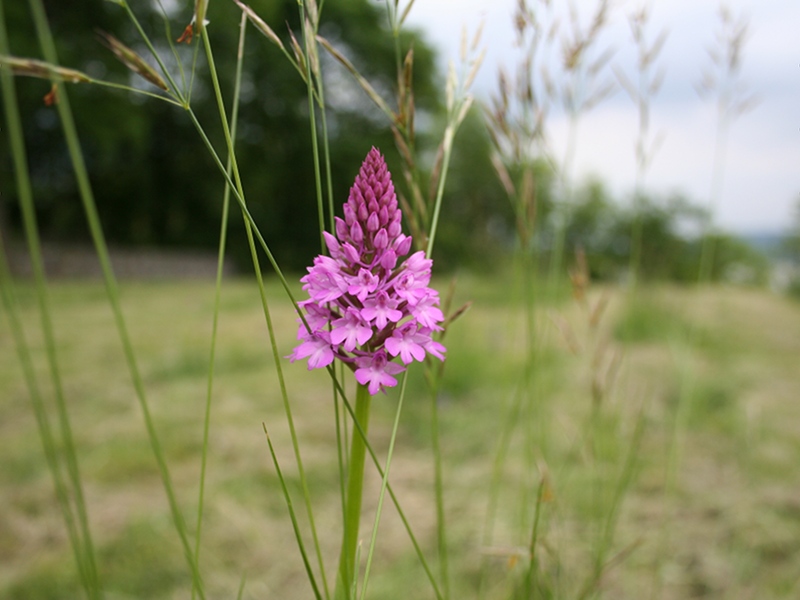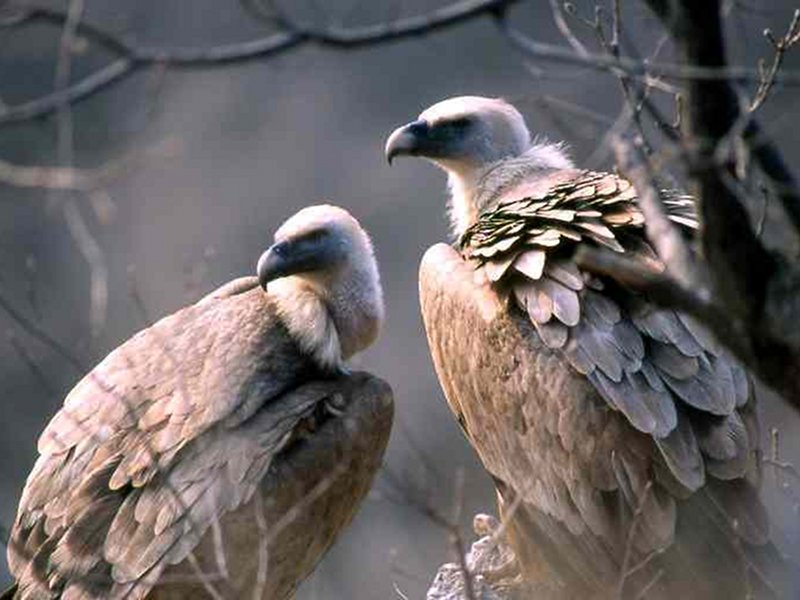Riserva naturale regionale Lago di Cornino
www.riservacornino.itProtected Area
Identity Card
- Land Surface Area: 487.00 ha
- Regions: Friuli Venezia Giulia
- Provinces: Udine
- Municipalities: Forgaria nel Friuli, Trasaghis
- Establishment Measures: LR 42, art. 43 30/09/1996
- PA Official List: EUAP0977
- Park Authority: Associazione dei Comuni di Forgaria nel Friuli e Trasaghis Comune referente Forgaria nel Friuli (organo gestore)
Cornino Lake Regional Nature Reserve
The Nature Reserve lies at the south-eastern edge of Prealpi Carniche, with the large bed of River Tagliamento separating them from Prealpi Giulie, the hills, and the upper Friulana plain. The area is characterized by a great environmental diversity and a considerable naturalistic value. The morphology and mountain exposure, the presence of the river, as well as the bio-geographical importance of the eastern section of Prealpi create wildlife and vegetation conditions of great interest, with animal and vegetable species often living at the edges of their distribution range. Thermophile species, linked to warm environments, are favored by the particular climatic conditions, with a great development of the xerophile vegetation (growing in dry environments) of the rocks and the screes, besides the vegetation of the flood plains of Tagliamento, one of the most interesting aspects of which is linked to the presence of the ilex tree (Quercus ilex) in the rocky areas.
Further information (Italian text)
The Wildlife
The geographical, geological, and morphological features of the landscape enable the presence of a particularly rich and diversified wildlife, with rare species often living at the edges of their distribution range. The permeability and the consequent dryness of the substratum create favorable conditions for the life of several reptiles like the Horned Viper, the Slowworm, the Western Whip Snake, and the Aesculapian Snake, while enabling the presence of limited populations of amphibians (like the Fire Salamander, the Common Toad, and the Green Toad). The area is particularly interesting for the birds and for the presence of a great variety of invertebrates.
Further information (Italian text)
Flora and Vegetation
Observing the landscape features of the territory of the Nature Reserve, you will immediately grasp the clash between the almost entirely flat Piana del Campo di Osoppo, laterally occupied by the current course of river Tagliamento, and the bumpy and steep rocky spur of the plateau of Mt. Prat-Ledrania.
The contrast is also chromatic for the different vegetation covering the rocky spurs, the landslides, and the screes, the woodlands, the meadows, the cultivated fields, and the white alluvial gravel.
Further information (Italian text)
The Griffon Vulture
The Griffon Vulture (Gyps fulvus) is a big-size vulture with a wingspan of almost three meters and a weight of 7-12 kilos. All vultures have broad and fringed wings enabling them to exploit the thermal air currents to travel also hundreds of kilometers per day. Their features are the result of a group of birds achieving a high level of specialization, consisting of scavanging.
In Europe there are four vulture species (Griffon Vulture, Cinereous Vulture, Bearded Vulture, and Egyptian Vulture) and, until the latest century, they were all well represented also in our Country.
- Griffon Vulture Project (Italian text)









